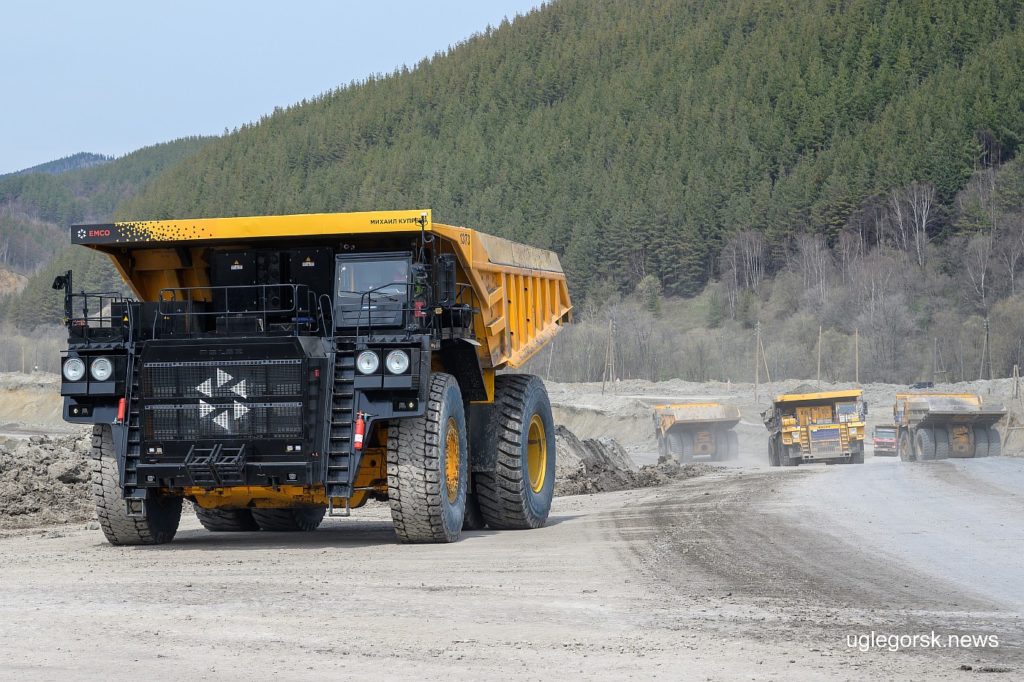The Solntsevsky coal mine in Sakhalin, Far East Russia, the key coal mining asset of East Mining Company (EMCO), increased its coal production by 33% in the first six months of 2020 compared to the same period last year. The production exceeded 5 Mt compared to the same period last year when 3.8 Mt were produced.
“The increase in production volumes became possible thanks to the program for the modernisation of mining transport equipment and equipment, as well as through the introduction of digitalisation. East Mining Company annually invests in the development of the Solntsevsky coal mine. This made it possible to increase production capacity and achieve higher coal production rates,” commented Ivan Podgornykh, Deputy Director for Production at the Solntsevsky coal mine.
During the implementation of the investment program from January to June 2020, the company significantly updated and expanded its fleet of specialised vehicles. 21 units of modern high-performance mining transport equipment were put into operation: four excavators, three bulldozers and 14 BELAZ trucks. The mine operates both 130 t and 220 t BELAZ haulers. In May 2020 there was a ceremony when one of the existing BELAZ dump truck fleet, a 220 t 75306 model was named after Mikhail Kupreyev, a Russian WW2 Eastern Front (Great Patriotic War) veteran and war hero who went through the whole war and was honoured with many awards. The truck, number 1373, was given a special new paint job to mark the occasion.
Also, as part of the digitalisation program at the Solntsevsky coal mine, it has also been possible to achieve a reduction in routine downtime and an increase in the load of specialised equipment. Due to the introduction of an automated monitoring and control system, the use of transport capacities has grown by almost 10%. The volume of stripping work at the Solntsevsky coal mine increased by 46%: in the first half of 2020, more than 51 million cubic metres of rock mass were moved. A year earlier, this figure was almost 35 million cubic metres.











